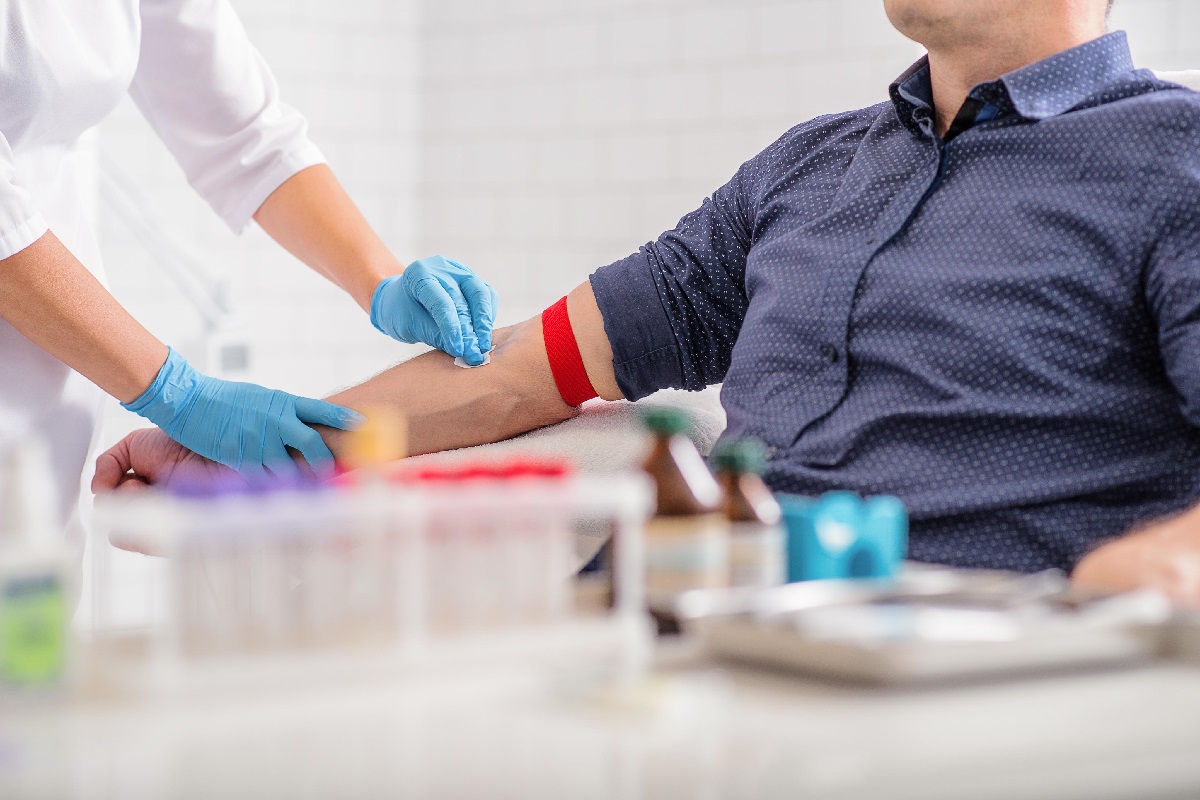
Myelodysplastic/Myeloproliferative Neoplasms (MDS/MPN) are a group of rare blood disorders that can be confusing. These conditions involve both abnormal blood cell production and bone marrow dysfunction. Understanding MDS/MPN is crucial because it affects how blood cells develop and function. Symptoms can range from fatigue to more severe complications like infections or bleeding. Diagnosing MDS/MPN often requires blood tests, bone marrow biopsies, and genetic studies. Treatment options vary, including medications, blood transfusions, and sometimes stem cell transplants. Learning about MDS/MPN helps patients and families manage the condition better and make informed decisions about care.
Key Takeaways:
- Myelodysplastic/Myeloproliferative Neoplasms (MDS/MPN) are rare blood disorders with both dysplastic and proliferative features. They affect people of all ages, but are most common in older adults, and can cause symptoms like fatigue and abnormal blood test results.
- The three main subtypes of MDS/MPN are Chronic Myelomonocytic Leukemia (CMML), Atypical Chronic Myeloid Leukemia (aCML), and Juvenile Myelomonocytic Leukemia (JMML). Each subtype has unique characteristics and treatment options, and genetic mutations play a significant role in the development and progression of these conditions.
Understanding Myelodysplastic/Myeloproliferative Neoplasms
Myelodysplastic/Myeloproliferative Neoplasms (MDS/MPN) are a group of rare blood disorders. They share features of both myelodysplastic syndromes and myeloproliferative neoplasms. Let's dive into some intriguing facts about these conditions.
- MDS/MPN are classified by the World Health Organization (WHO) as a unique category of blood disorders.
- These diseases are characterized by the presence of both dysplastic and proliferative features in the bone marrow.
- The exact cause of MDS/MPN remains unknown, though genetic mutations are often involved.
- MDS/MPN can affect people of any age but are most commonly diagnosed in older adults.
- Symptoms often include fatigue, fever, weight loss, and night sweats.
- Blood tests typically reveal abnormalities such as anemia, leukocytosis, or thrombocytosis.
- Bone marrow biopsy is essential for a definitive diagnosis of MDS/MPN.
- There are three main subtypes: Chronic Myelomonocytic Leukemia (CMML), Atypical Chronic Myeloid Leukemia (aCML), and Juvenile Myelomonocytic Leukemia (JMML).
Chronic Myelomonocytic Leukemia (CMML)
CMML is the most common subtype of MDS/MPN. It has unique features and challenges.
- CMML is characterized by an increased number of monocytes in the blood.
- It can transform into acute myeloid leukemia (AML) in some patients.
- The median age at diagnosis for CMML is around 70 years.
- Treatment options for CMML include chemotherapy, hypomethylating agents, and stem cell transplantation.
- Prognosis varies widely, with some patients living for many years and others progressing rapidly.
Atypical Chronic Myeloid Leukemia (aCML)
aCML is another subtype of MDS/MPN, distinct from chronic myeloid leukemia (CML).
- aCML is characterized by the absence of the Philadelphia chromosome, which is present in CML.
- Patients with aCML often have elevated white blood cell counts and immature granulocytes.
- The median survival for aCML patients is typically less than two years.
- Treatment options for aCML are limited and often include supportive care and experimental therapies.
- aCML is more aggressive than other MDS/MPN subtypes.
Juvenile Myelomonocytic Leukemia (JMML)
JMML primarily affects young children and has distinct clinical features.
- JMML is most commonly diagnosed in children under the age of 4.
- It is associated with genetic conditions such as Noonan syndrome and neurofibromatosis type 1.
- Symptoms of JMML include pallor, fever, and an enlarged spleen.
- The only curative treatment for JMML is hematopoietic stem cell transplantation.
- Without treatment, JMML can progress rapidly and be fatal.
Genetic Mutations and MDS/MPN
Genetic mutations play a significant role in the development and progression of MDS/MPN.
- Common mutations in MDS/MPN include TET2, ASXL1, and SRSF2.
- These mutations can affect the regulation of blood cell production and differentiation.
- Genetic testing can help identify specific mutations and guide treatment decisions.
- Some mutations are associated with a worse prognosis and higher risk of transformation to AML.
- Research is ongoing to develop targeted therapies for specific genetic mutations in MDS/MPN.
Treatment and Management
Managing MDS/MPN involves a combination of supportive care, medications, and sometimes stem cell transplantation.
- Supportive care includes blood transfusions, antibiotics, and growth factors to manage symptoms.
- Hypomethylating agents such as azacitidine and decitabine are commonly used to treat MDS/MPN.
Final Thoughts on Myelodysplastic/Myeloproliferative Neoplasms
Understanding Myelodysplastic/Myeloproliferative Neoplasms (MDS/MPN) can be challenging, but knowing the facts helps. These rare blood disorders affect how bone marrow produces blood cells. Symptoms might include fatigue, fever, and bruising. Diagnosis often involves blood tests, bone marrow exams, and genetic testing.
Treatment varies based on the specific type and severity. Options range from medications to manage symptoms, to more aggressive treatments like chemotherapy or stem cell transplants. Early detection and treatment can improve outcomes.
Staying informed and working closely with healthcare providers is crucial. Support groups and resources are available for patients and families. Remember, while MDS/MPN can be serious, advancements in research and treatment offer hope. Keep asking questions, stay proactive, and lean on your support network.
Frequently Asked Questions
Was this page helpful?
Our commitment to delivering trustworthy and engaging content is at the heart of what we do. Each fact on our site is contributed by real users like you, bringing a wealth of diverse insights and information. To ensure the highest standards of accuracy and reliability, our dedicated editors meticulously review each submission. This process guarantees that the facts we share are not only fascinating but also credible. Trust in our commitment to quality and authenticity as you explore and learn with us.
